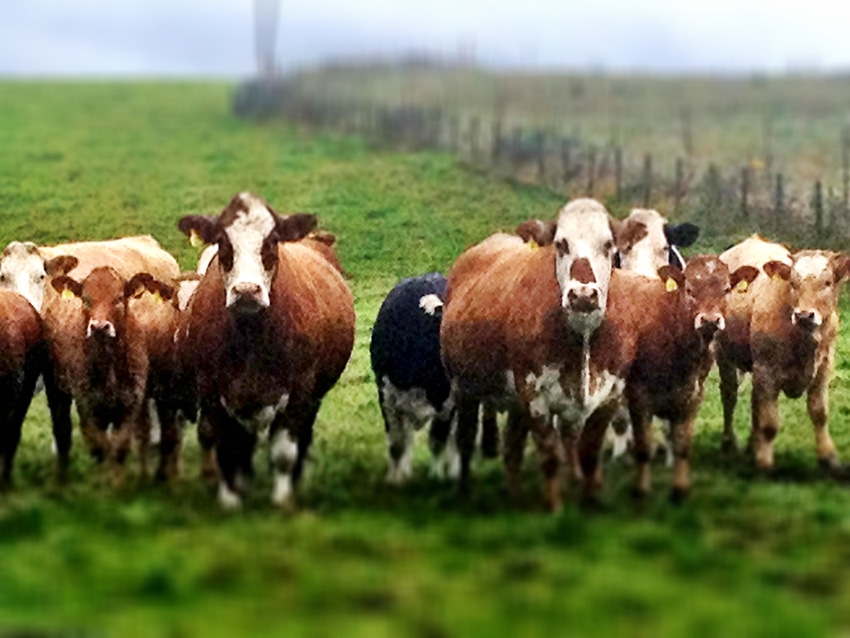TB bacteria survive in soil amoebae
Mycobacterium bovis also remains metabolically active and continues to grow at lower temperatures than expected.
January 21, 2020

Scientists from the University of Surrey in the U.K. and the University of Geneva in Switzerland have discovered that the bacterium behind bovine tuberculosis (TB) can survive and grow in small, single-celled organisms found in soil and dung.
According to an announcement, it is believed that originally Mycobacterium bovis evolved to survive in amoebae and, in time, progressed to infect and cause TB in larger animals such as cattle.
During the study, published in The ISME Journal, the researchers sought to understand more about M. bovis, which causes bovine TB, and how it can survive in different environments. To do this, the researchers infected a type of amoebae known as Dictyostelium discoideum with M. bovis, the University of Surrey announcement said. Unlike other bacterium that were digested and used as a food source by the amoebae, M. bovis was unharmed and continued to survive for two days, the researchers said.
In-depth analysis showed that the bacterium uses the same genes to escape from amoebae that it uses to avoid being killed by immune cells in larger animals such as cattle and humans, the researchers added.
The researchers also discovered that M. bovis remained metabolically active and continued to grow, although at a slower pace, at lower temperatures than expected. Previously, it was thought that the bacterium could only replicate at 37°C, the body temperature of cattle and humans; however, replication of the bacterium was identified at 25°C. The researchers believe that the bacterium’s ability to adapt to ambient temperatures and survive in amoebae may partially explain high transmission rates of the bacterium among animals.
Bovine TB is a hugely underestimated problem worldwide, the University of Surrey noted, adding that the U.K. has the highest incidence of infection in Europe. Cattle found to have bovine TB are legally required to be slaughtered due to the high risk of the disease entering the food chain and spreading to people.
“Despite implementation of control measures, bovine TB continues to be a major threat to cattle and has an enormous impact on the rural economy. Understanding the biology behind the TB disease and how it spreads is crucial for a balanced discussion on this devastating problem and to developing preventative measures to stop its spread," said lead author Graham Stewart, head of the department of microbial sciences at the University of Surrey. “An important additional benefit is that our research shows the potential for carrying out at least some future TB research in amoebae rather than in large animals.”
You May Also Like



